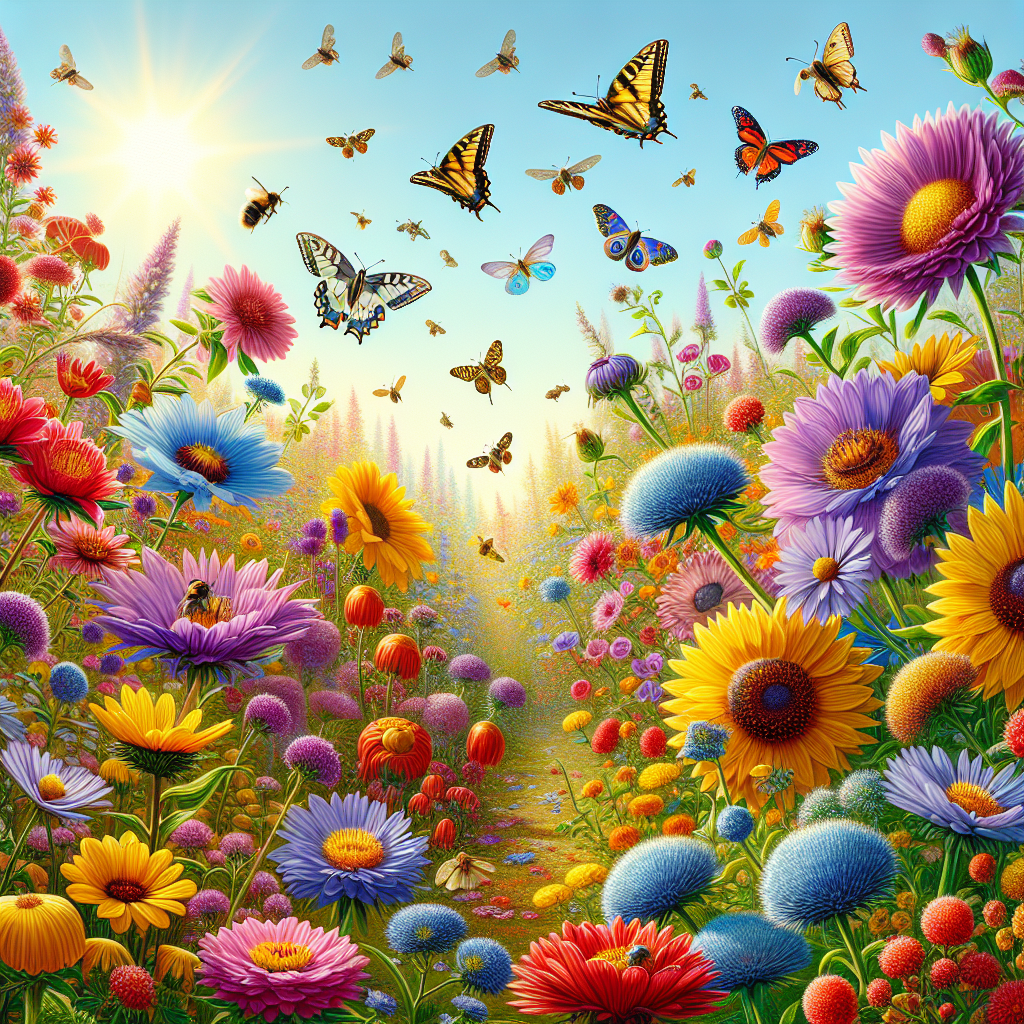Pollinators play a crucial role in our ecosystems, contributing to the growth of flowers, fruits, and vegetables. Among these essential creatures, bees and butterflies are two of the most effective and charming. As gardeners and nature enthusiasts, creating landscapes that attract these pollinators can foster biodiversity and make our outdoor spaces more vibrant. Let’s explore how to landscape for bees and butterflies and create a flourishing habitat right in your backyard.
Understanding the Importance of Pollinators
Before diving into specific landscaping tips, it’s essential to comprehend the vital work pollinators do. Bees, butterflies, and other pollinators facilitate the reproduction of many flowering plants by transferring pollen. This process is responsible for one out of every three bites of food we eat, making pollinators indispensable to our ecosystem and economy.
Why Bees and Butterflies Matter
While bees are often heralded as the primary pollinators, butterflies play a significant role too. Their delicate aerial dances not only provide a stunning visual display but also aid in pollinating a myriad of plants. By supporting these populations, we contribute to a healthier environment and ensure an ongoing supply of fruits, vegetables, and beautiful flowers.
Choosing the Right Plants
When it comes to attracting bees and butterflies to your garden, plant selection is critical. Here are some guidelines to help you choose the right plants:
Native Species
Opting for native flowers is one of the best ways to attract pollinators. Native plants are already adapted to your local climate and soil, and they provide the specific nectar and pollen that native bees and butterflies prefer. Research your local flora to find flowering plants that are native to your area.
Diverse Blooming Seasons
To keep pollinators frequenting your garden throughout the seasons, choose plants that bloom at different times of the year. Spring, summer, and fall blooms ensure that bees and butterflies have a continuous food source. A mix of early, mid, and late-season flowers will help create a vibrant, constantly changing garden.
Color and Fragrance
Brightly colored flowers, especially those in shades of yellow, blue, and purple, are particularly attractive to bees and butterflies. Additionally, many pollinators are drawn to sweet fragrances. Consider planting a variety of aromatic herbs (like lavender, mint, and basil) alongside your colorful blooms.
Creating a Pollinator-Friendly Habitat
Provide Shelter
Just like us, pollinators need a place to rest and find shelter. Consider integrating features into your landscape that offer protection from the elements:
- Dense Shrubs: Plant shrubs with dense foliage for shelter against wind and rain.
- Natural Mulch: Use leaf litter or natural mulch on the ground to provide ground-nesting bees a place to burrow.
- Bee Hotels: Construct or purchase bee hotels that provide a safe space for solitary bees.
Water Sources
Pollinators need hydration, especially during hot summer months. A shallow water source, such as a birdbath with pebbles or a small pond, can provide a refreshing stop for thirsty butterflies and bees. Be sure to change the water frequently to keep it clean and free of mosquitoes.
Eliminate Pesticides
One of the most crucial steps in creating a pollinator-friendly landscape is to eliminate or minimize the use of pesticides and herbicides. Chemicals can be harmful or even fatal for pollinators. Instead, consider organic gardening practices to keep your garden healthy. Natural pest control methods, such as encouraging beneficial insects, can help maintain balance in your ecosystem.
Educating Others
Once you’ve transformed your garden into a pollinator haven, share your experiences and knowledge! Initiate conversations with friends, family, or community groups to raise awareness about the importance of pollinators. You could even start a community garden project aimed at attracting pollinators, spreading the love for these wonderful creatures.
Conclusion
Landscaping for bees and butterflies is not just about adding beauty to our gardens; it’s about cultivating a thriving ecosystem that supports the natural world. By following these simple steps to create a pollinator-friendly environment, we can foster biodiversity, enhance our gardens, and ensure the survival of these essential creatures. This small act of care can lead to significant impacts on our environment and our food systems. So grab your gardening tools, and let’s create a sanctuary for our buzzing and fluttering friends!


